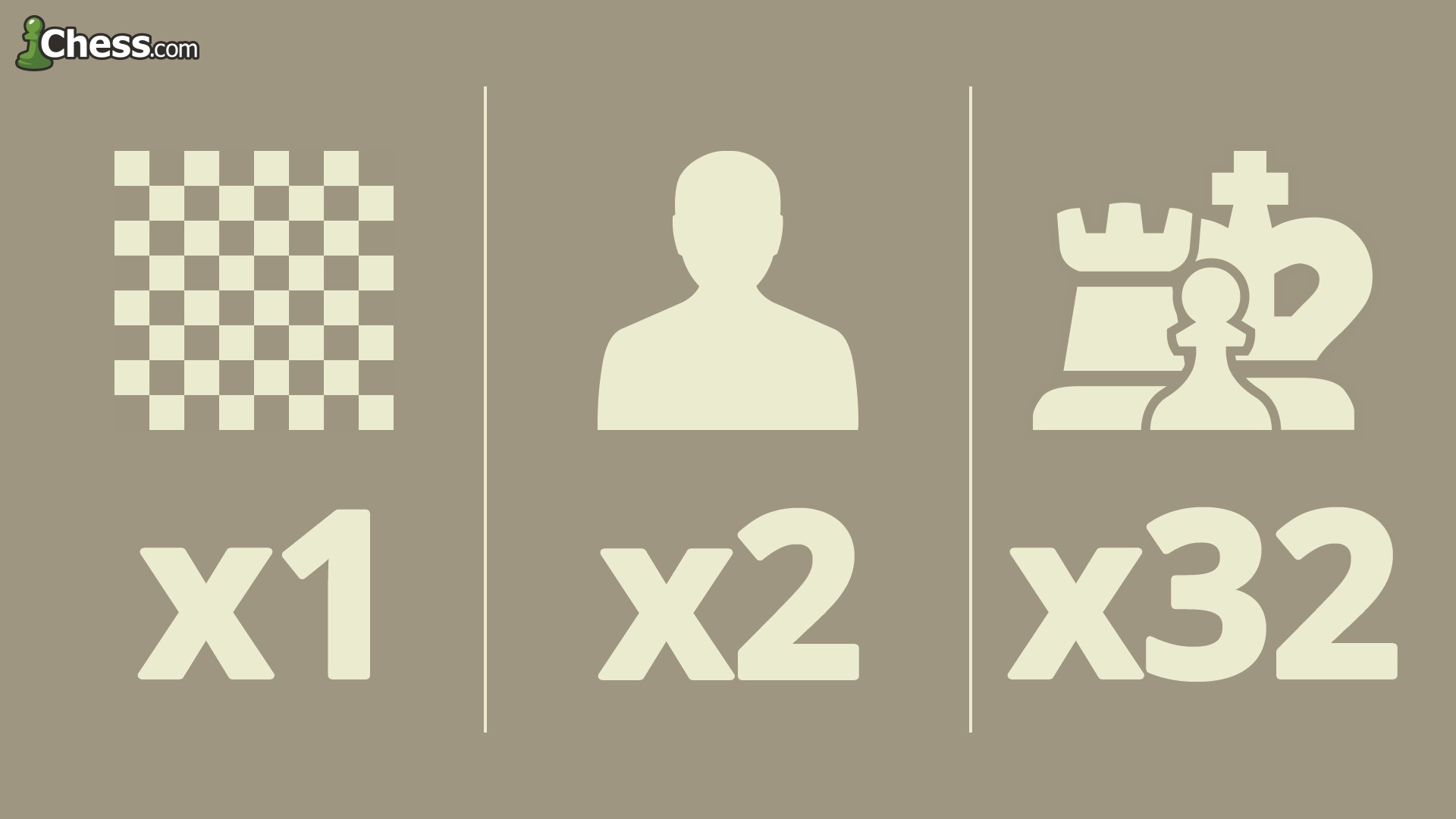Learning to play chess, the world’s most popular strategy game, is easier than you think. This comprehensive guide will teach you the rules, setup, special moves, and basic strategies to start playing chess today.
Setting Up the Chessboard
Before starting a game, ensure the board is oriented correctly, with a white square in the bottom right-hand corner for each player.
Next, arrange the pieces on the first two rows. The second row (or rank) is filled with pawns. Rooks go in the corners, followed by knights, then bishops. The queen is placed on her matching color square (white queen on white, black queen on black), and the king occupies the remaining square.
Chess Piece Movement
Each piece moves uniquely. Pieces cannot move through others (except the knight), and cannot occupy a square with a friendly piece. Capturing occurs when a piece lands on an opponent’s square, replacing it.
The King
The king, the most important piece, is also one of the weakest. It moves one square in any direction. The king can never move into check (a position where it can be captured).
The Queen
The queen is the most powerful piece, moving any distance horizontally, vertically, or diagonally.
The Rook
The rook moves any distance horizontally or vertically. Rooks excel in protecting each other.
The Bishop
The bishop moves any distance diagonally, remaining on its starting color (light or dark). Bishops work well together, compensating for each other’s limitations.
The Knight
The knight’s L-shaped movement covers two squares in one direction (horizontal or vertical) and then one square perpendicularly. It’s the only piece that can jump over others.
The Pawn
Pawns move one square forward (two on the first move) but capture diagonally forward. They cannot move or capture backward.
Special Chess Rules
Chess has unique rules that add depth and complexity.
Pawn Promotion
Upon reaching the opposite side, a pawn promotes to any other piece (except a king), typically a queen.
En Passant
If a pawn moves two squares on its first move, landing beside an opponent’s pawn, the opponent can capture it “en passant” (in passing) on their next move. This capture must be done immediately.
Castling
Castling involves moving the king two squares towards a rook, and then placing the rook on the opposite side of the king. This move can only occur if neither the king nor the chosen rook has moved, there are no pieces between them, and the king is not in check or passing through check.
Gameplay and Winning
The player with the white pieces moves first. Players alternate turns until the game ends.
Checkmate
The goal is to checkmate the opponent’s king, placing it under an inescapable threat of capture.
Draws
Games can end in a draw due to agreement, insufficient material for checkmate, threefold repetition of a position, or fifty moves without a capture or pawn move. A stalemate, where a player has no legal moves but their king is not in check, also results in a draw.
Basic Chess Strategy
To improve your chess skills, focus on these core principles:
Protect Your King
Prioritize king safety, often by castling early.
Don’t Lose Pieces Needlessly
Each piece has value: Pawn (1), Knight (3), Bishop (3), Rook (5), Queen (9). Avoid losing material without adequate compensation.
Control the Center
Controlling the center provides greater mobility and restricts your opponent’s options.
Utilize All Your Pieces
Develop all your pieces to maximize your attacking potential.
Practice and Further Learning
Playing regularly is crucial for improvement. Explore online resources, lessons, and chess variants to enhance your understanding and skills.
Ready to start playing chess? Sign up for free at Chess.com and start enjoying the game!
Sign up – it’s free!

